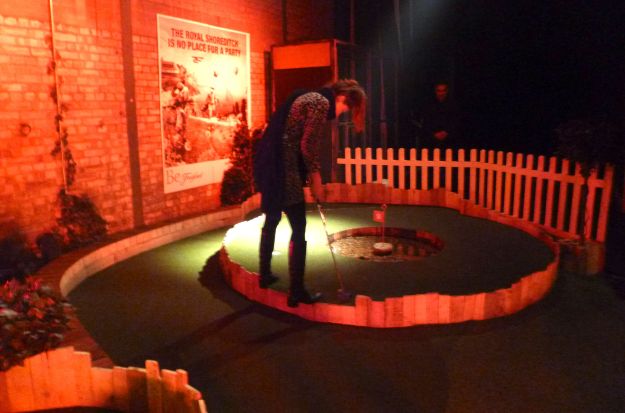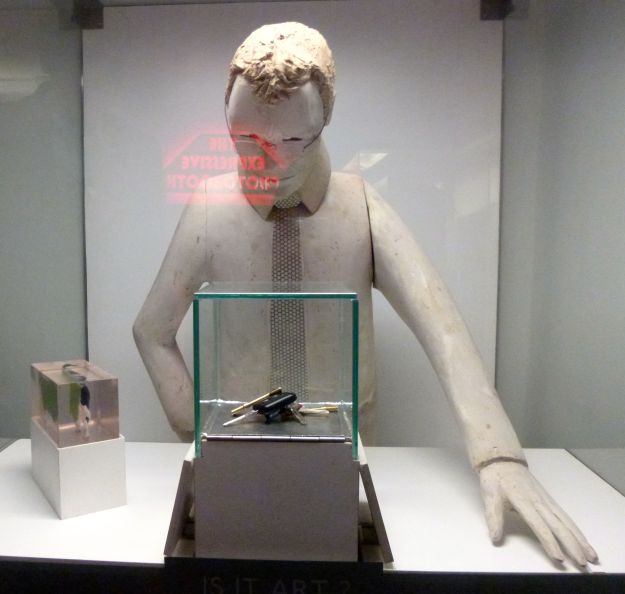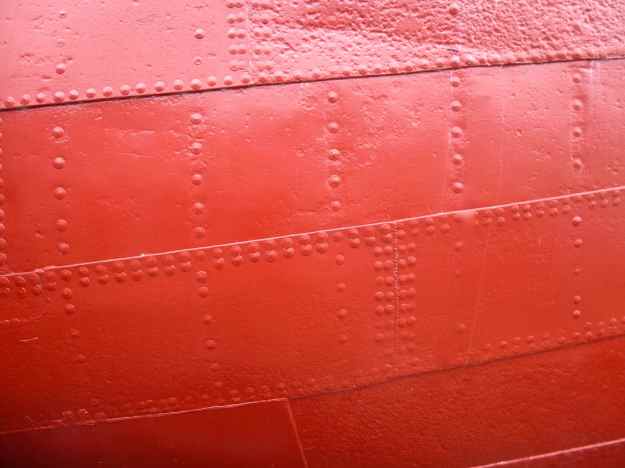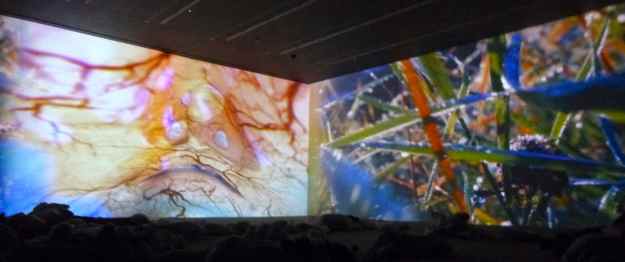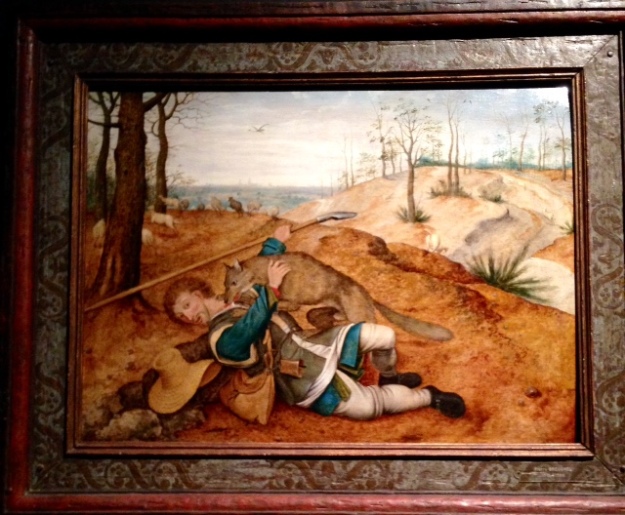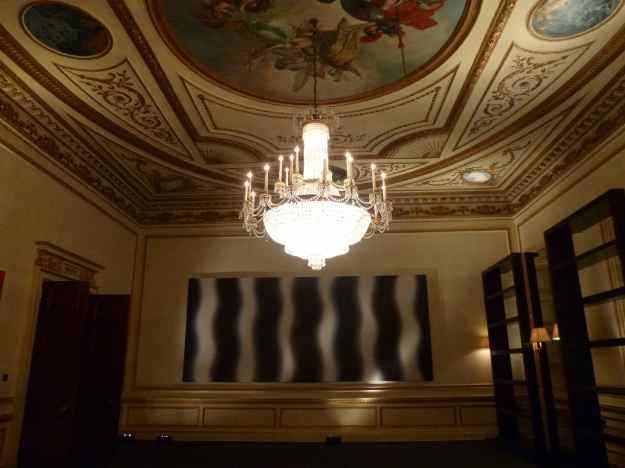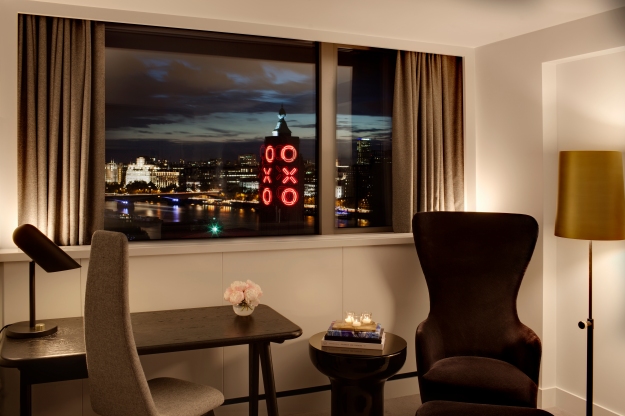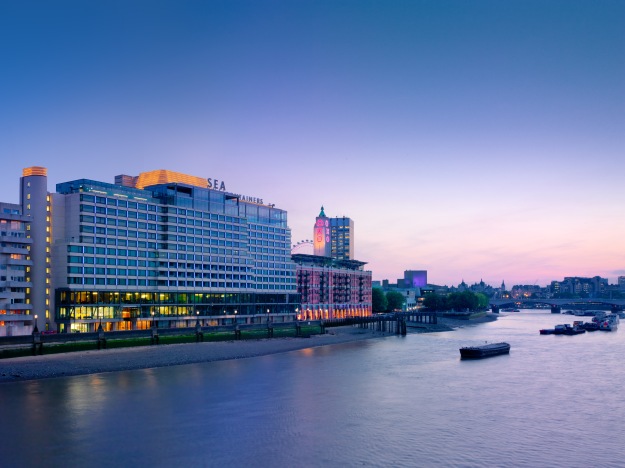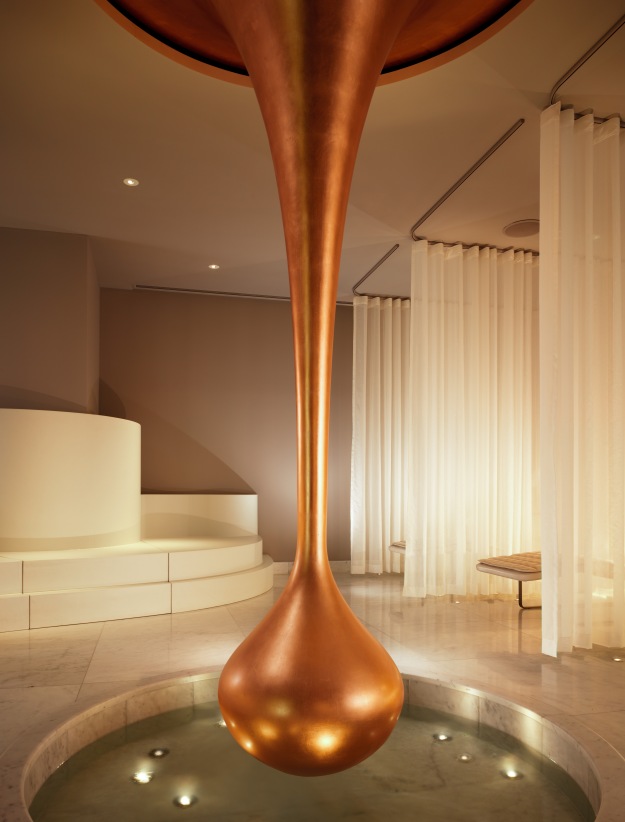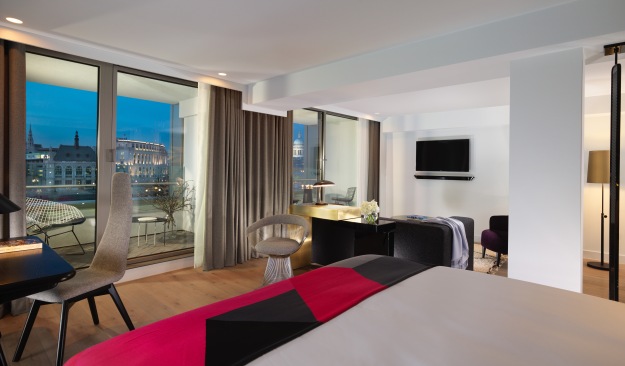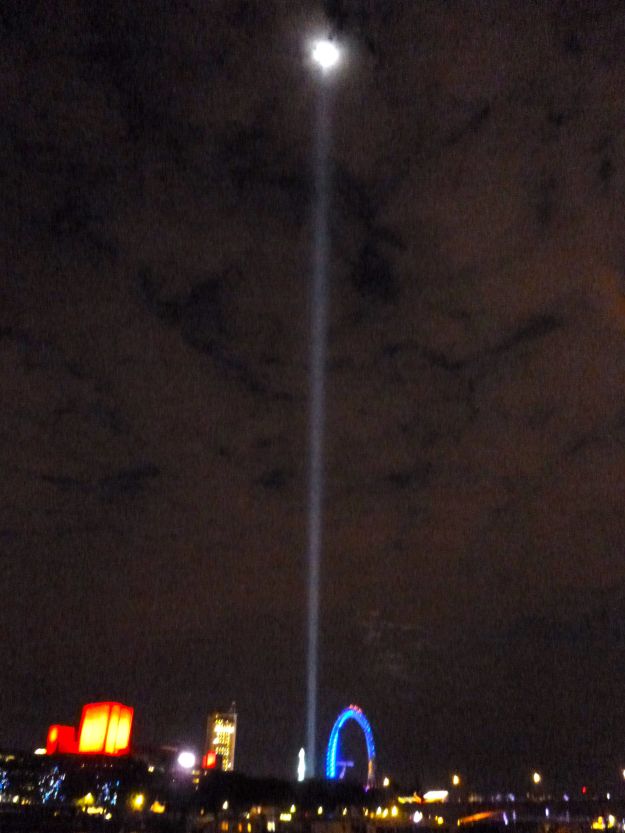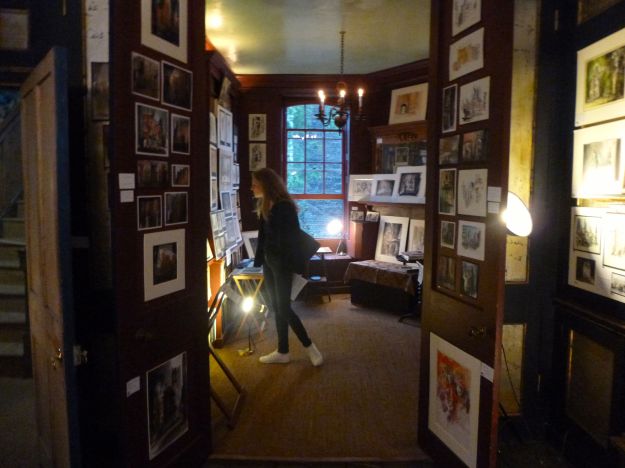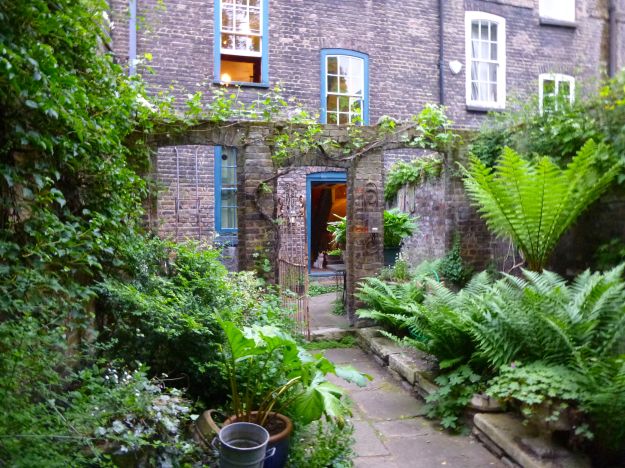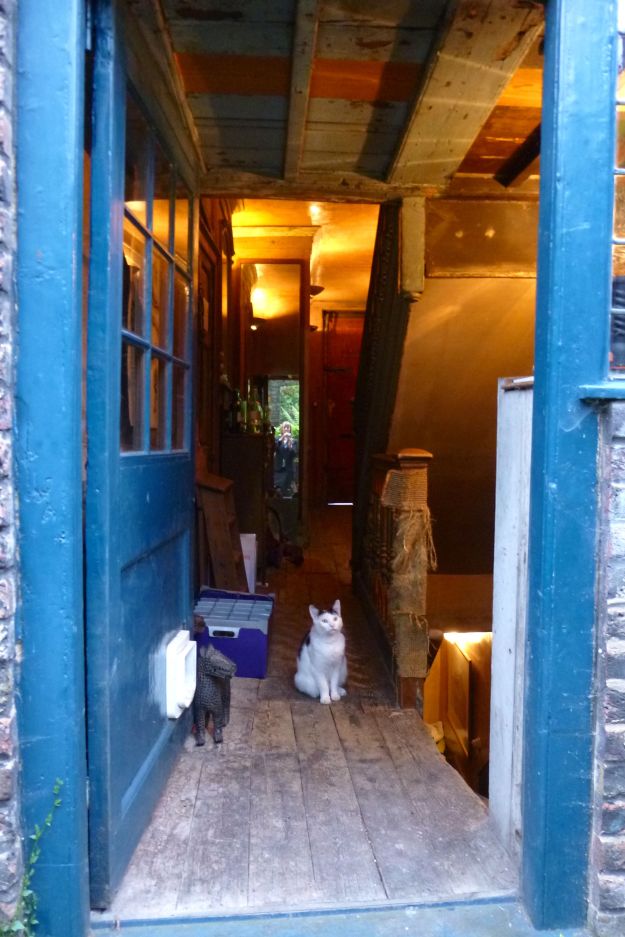My friend Barbara, food expert and traveller, has just written a mouth-watering book: Dumplings: A Global History. She’s eaten her way from her native northern Italy to the yurts of Mongolia, sampling everything from gnocchi to wonton. Just like the dishes she describes her book is stuffed with tasty morsels: anecdotes of her trails, the evolution of exotic dishes, ceremonial feasting, rituals and recipes. Lucky Londoners can follow in Barbara’s footsteps without heading for Heathrow: I’ve asked her to share her top five London dumpling restaurants.
Over steaming bowls of jiaozi at New Culture Revolution near Angel station Barbara explained how most world cuisines include some form of dumpling: dough made from ingredients including flour, bread and potatoes, and served in broth or with a filling. They are usually basic “comfort food”, but can also be highly refined and require complex preparation. Barbara’s top five cover them all, as she explains below.
Asian New Culture Revolution, Angel. “Everything here is home-made, including the broth. The dumplings are chunky and packed with tasty, simple ingredients. I usually order the jiaozi or what Americans call pot stickers—wontons that are steamed then pan-fried.”
Italian Locanda Locatelli, Marylebone. “The ravioli here change with the seasons. Locatelli always uses the best and freshest ingredients. My favourite is the ravioli brasato, filled with tender meat—usually beef—that has been slow-cooked for around 12 hours. All the dishes are rooted in Italian traditions, but Locatelli cooks them in his own style, making the flavours really jump out. I also recommend Jamie’s Italian in Covent Garden. The ravioli-making machine at Jamie’s entrance is a good sign!”
Polish Zamoyski, Hampstead. “Zamoyski is a neighbourhood restaurant that has been serving dumplings for decades rather than years. I usually have the very reasonably priced 12-course set menu. Try the uszka (“little ears”) pierogi stuffed with mushrooms or the ruskie, filled with cheese and onions. The restaurant is also known for its excellent beetroot borscht soup and long list of flavoured vodkas.
“You can find pierogi to cook at home in the many Polish delis dotted around London. My favourite is Baba Jaga in East Finchley, next to the Phoenix Cinema. Boil the pierogi in broth for five minutes and serve with a knob of butter.”
West African African Torch Restaurant, Tottenham. “This is a small, simple, authentic restaurant near the station. They serve delicious dishes with fufu, an unfilled staple in a stew of meat, fish or vegetables. The dumplings are quite substantial, and are mainly used to mop up the tasty soup.”
Hungarian Gay Husssar, Soho. “Head here for a taste of real Hungarian dumplings, just like the ones I had in Budapest. The décor is exquisitely old-fashioned and the waiters attentive. The menu includes large fish dumplings (halgaluska) served with dill sauce and smaller wheat-based dumplings (galuska) teamed with a deliciously thick vegetarian goulash of paprika and mushrooms.”
The restaurants above are Barbara’s long-standing favourites, but new places are springing up all over town. One of her lunch favourites is the Japanese gyoza dumplings in a vegetable soup at the Strand branch of Itzu. So keep an eye out for the onward march of dumplings: Turkish manti, Austrian knödel and more.
Dumplings: A Global History by Barbara Gallani. Reaktion Books, The Edible Series. Published on 15 April, £8.79. Pre-order and find out more at https://www.facebook.com/barbaradumpling.




